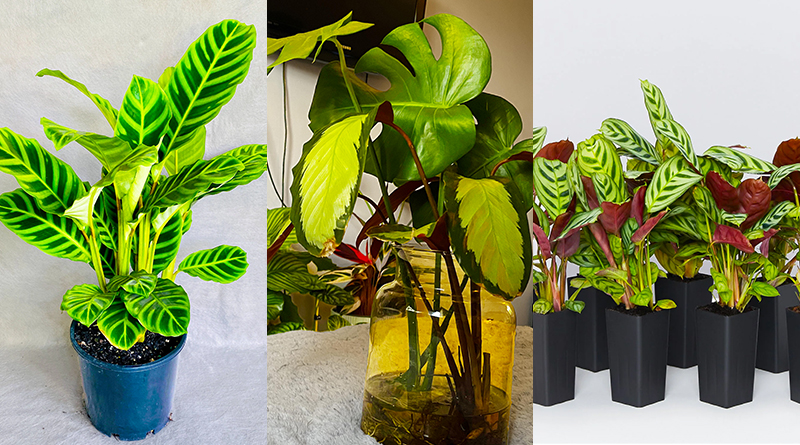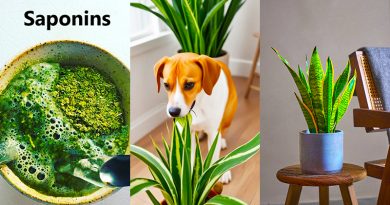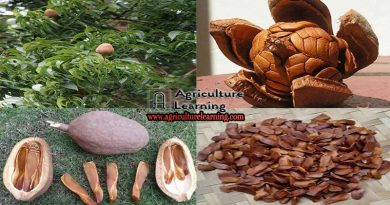Calathea Zebrina (Zebra Plant) Complete Care and Propagation Guide
The zebra plant is used to subtropical conditions. In nature, zebra plants are found in the shaded forests of Brazil. Named in honor of the German botanist Johann Heinrich Robert Goeppert, Calathea zebra plant is an evergreen perennial in the arrowroot family. A beautiful specimen, keep reading to learn how to plant and care for Calathea zebrina.
Propagation Method
Calathea can be propagated with stem cuttings from a parent plant. You can break stems apart from tree with your hands.
Sterilized knife to take a 2-3 inch cutting from the side shoots of the plant. You can use scissors, but again, any tools must be clean and sterile first. Dust the cut end with rooting hormone. Plant the cuttings in pots with good potting mix soil and adequate drainage holes, and give the young plants careful care with moderate light for a couple of weeks.
Place the cuttings on a heating mat to maintain a temp of around 70 F and keep the soil consistently moist. Cover the pot with a clear plastic bag to emulate a greenhouse and raise the humidity or in a terrarium. It can take up to a month for roots to grow. Then you can go back to caring for each the same way you cared for the original plant.
Care for Calathea Zebrina
Choose loamy, well-draining soil when potting this plant. Place the plant in a spot that receives bright, indirect light.
The zebra plant would be difficult to grow in arid regions with low humidity. It does best in USDA zones 11-12, meaning places like southern Florida, far southern Texas, southwestern California, and points around the south of California/Arizona border, possibly interior parts of Hawaii and Puerto Rico. Water regularly when the top one to two inches of soil begins to dry. Skip fertilizer unless growth is stunted.
24 total views, 1 views today




